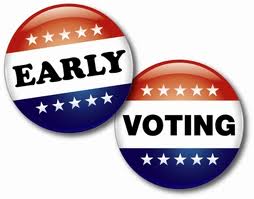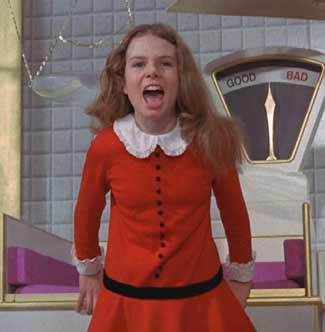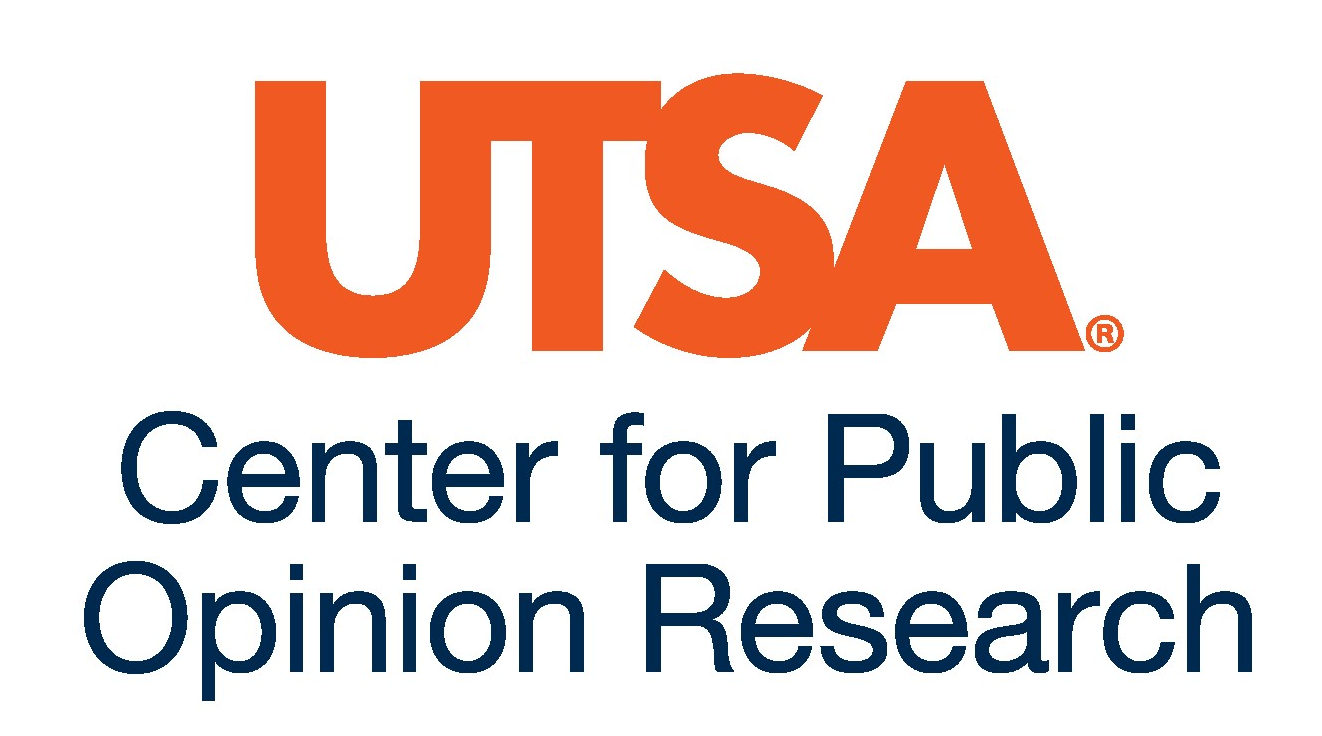Lone Star Left caught my eye on Wednesday as they looked at the statewide early voting data so far.

All day, I waited for a full update from the Secretary of State (SoS) regarding the Day 1 early voter turnout. Three major counties and ten small rural counties are still not showing their results on the SoS website for Day 1 of early voting. Are the reporting counties slow? Is it the SoS’s fault? That’s unclear at the moment, but we’re already starting to see some numbers from Day 2 coming out, so let’s talk about where we’re at.
Bell, Hays, and Smith are the three major counties that still don’t appear on the SoS website.
Hays County is blue.
Bell County is on the verge of blue.
And Smith County is trending blue, but it will probably be a few more cycles until we can talk about it flipping.
Discounting those three counties plus the smaller, rural ten, here is what the SoS is reporting:
Day 1, in-person votes: 886,526
Day 1, in-person + mail-in votes: 1,049,166
In 2024, we beat the 2020 record for in-person voting by over 130,000 votes, and that’s still without several counties reporting.
I do not think we’ll hit the 1.1 million in-person + mail-in vote record we set in 2020. We’ll probably come close, but due to COVID-19, there were likely many more mail-in votes in 2020. That’s okay because our in-person voting for Day 1 will likely be close to 1 million, a new record.
There is also more good news regarding Day 2. We’ll get to that.
I want to gently point out that despite the “Texas is not a red state it’s a non-voting state” mantra, a high turnout election is not necessarily one that favors Democrats. Exhibit A for that is 2020, a year in which we shattered turnout records and yet Republicans easily won all the statewide races and held serve in the Legislature. Joe Biden came closer than any Democratic Presidential candidate to winning since Bill Clinton, but other Dems still lost by 8-11 points. We have a way to go.
Early voting returns, especially the first couple of days’ worth, can give you some idea of the overall level of enthusiasm, but one must be careful in what conclusions one draws. Josh Marshall sums it up well.
The big reality making it much much more difficult this cycle is that in 2020, voting heavily polarized around Democrats voting early and by mail and Republicans voting on Election Day. Democrats are now much less worried about COVID and Republicans — apart from Trump — are far more focused on getting their voters to vote early. Because of that it’s really a certainty that Republicans will put up better early voting numbers and Democrats “worse” ones than in 2020. We’ve known that now for literally years. Somehow a decent number of people seem to have forgotten that. But we shouldn’t. Again, it would be shocking if Republicans weren’t doing “better” in early voting than they did in 2020. So that in itself really doesn’t tell us anything. The key is we have no good way to predict what the shift “should” be. There’s no baseline. 2020 can’t be a baseline and 2016 or 2012 can’t either because early and mail voting is a rapidly evolving part of American elections. Eight and twelve years ago is ancient history as far as early voting goes.
Indeed, Republicans are voting early. That doesn’t mean they’re headed towards a better outcome, but it is preferable for them to the alternative, which if nothing else increases their risk. We expect the hardcores to vote. We work on everyone else. If you have access to the voter files and you know who has and hasn’t voted before and you know why the previous non-voters didn’t vote before (they have turned 18 or become citizens or moved here since the last election, or they could have voted but didn’t, or they weren’t even registered), then you can draw some inferences and make some plans. The rest of us are mostly guessing.
On a side note, Hays is definitely blue as of 2018/2020 – it was quite close in 2016 but just missed. As for Smith and Bell, these are the Presidential numbers from this century:
Smith
Year Vote Pct Margin
==============================
2004 53,392 72.48% 33,322
2008 55,187 69.36% 31,461
2012 57,331 72.02% 35,875
2016 58,930 69.52% 36,630
2020 69,080 69.02% 39,465
Bell
Year Vote Pct Margin
==============================
2004 52,135 65.39% 24,970
2008 49,242 54.51% 8,829
2012 49,574 57.51% 14,062
2016 51,998 54.74% 14,197
2020 67,893 53.30% 10,879
The “Vote” and “Pct” numbers are for the Republican Presidential candidate, and “Margin” is the difference in votes between him and the Dem Presidential candidate. I think we can say that Bell is trending blue, though not very quickly. Smith, I’m not seeing it. I’d love to be able to say that, but I’ll need to see some favorable data from this year first.
Here’s your Day Three daily dose of data:
2024
2020
2016
2008 and 2012
Day Three 2024 remains ahead of the 2020 pace, with 111,151 in person votes and 3,884 mail votes, for a total of 115,035. In 2020, and note that Day Three then was a Thursday – tomorrow is the last day we can reasonably do this – there were 105,123 in person votes, 6,260 mail votes, and 111,383 overall. Day Four for 2020 was Friday and we’re completely out of sync after that so I’ll need to come up with another gimmick. Be that as it may, we’re at 353,462 in person votes so far, with 34,379 mail votes for a total of 387,841. At this rate, which will probably slow down a bit, perhaps beginning with the weekend, we’d get to 1,413,848 in person early votes. Which would put us on track for about 1.8 million overall, in line with the 2020 turnout rate with the increase in voter registration. Have you voted yet?













